It’s time for you to shift away from that cozy haven of your camera’s automatic mode and get creative in the storm of manual functions. With a little practice, you may start to get really great shots.
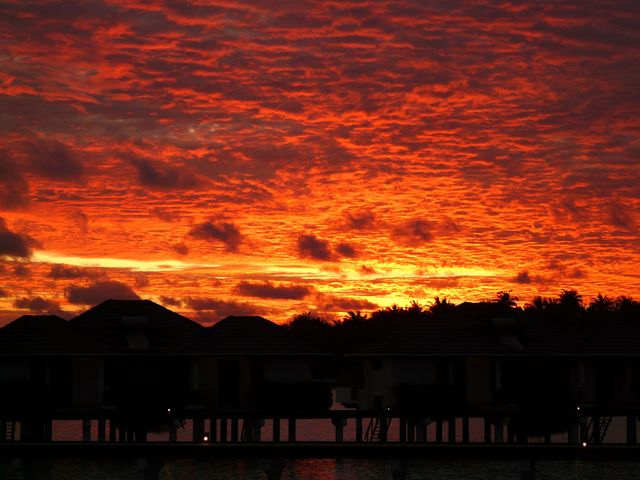
Most photographers know that sufficient ight is skin and bone of a perfect photo. But what to do if light conditions are poor, like in night scenery?
The most important thing in night shots is exposure. So select a semi-automatic mode with manual shutter speed settings, and let the camera adjust the aperture and all the rest for you. Usually, this is called Night mode or something like that.
Shutter speed is the amount of time the image is exposed, or, simpler, the amount of time the camera receives data for a single shot. While the shutter is open, the objects in front of the camera imprint in the image. Slow (longer in time) shutter speed will capture a fast moving object with a blur. Combined with aperture, this allows amazing night shots and creative tricks. Be aware, that it is very important to keep the camera steady, so place it on something or use a tripod. To minimize hand disturbance, use a delayed (timer) shooting mode: press the button, remove your hand and wait for the camera to take picture. Use a series of timer shots, if your camera offers that. The flash must be off.
Now practice a little bit with various shutter speed settings. When shooting a working ceiling fan with fast (shorter in time) shutter, all the blades will be visible. When shooting on slower (longer in time) shutter speed, the blades will be blurry.
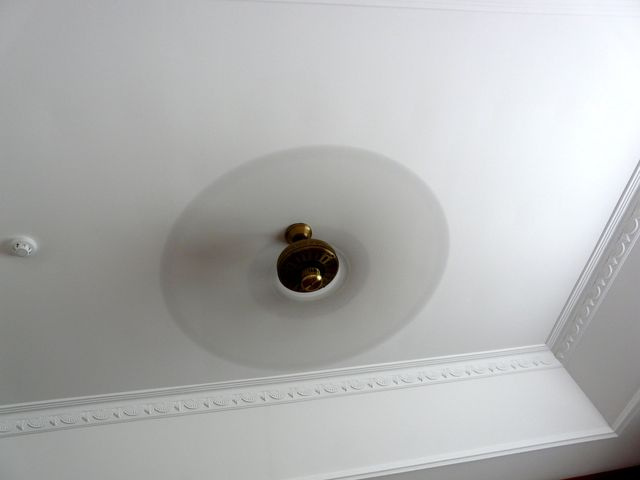
Now try shooting a bladeless multiplier fan! Just kidding.
Well, it’s time to take some real photo. How about a wish baloon in night sky?
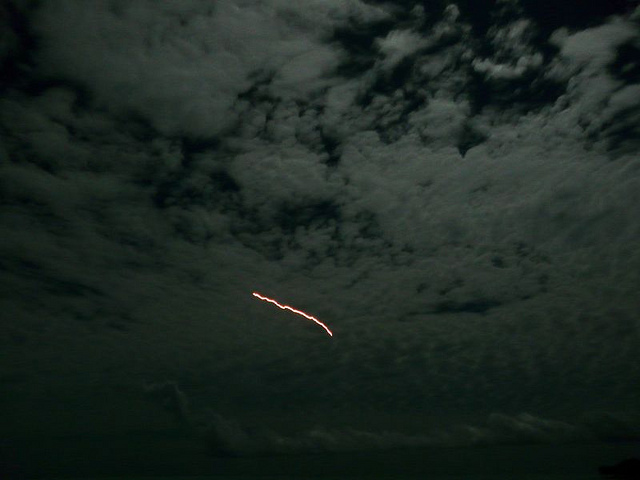
While the shutter was open for several seconds, the sky lantern travelled quite a distance.
By changing shutter speed, you can achieve good detailed photos in poor lightning environment.
From sunset:

to twilight:
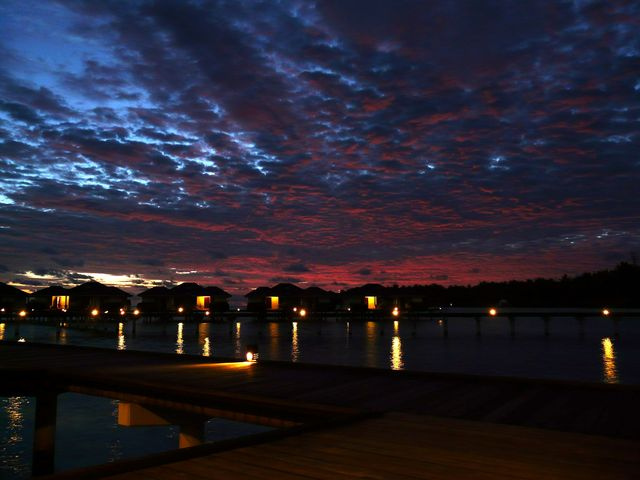
night:
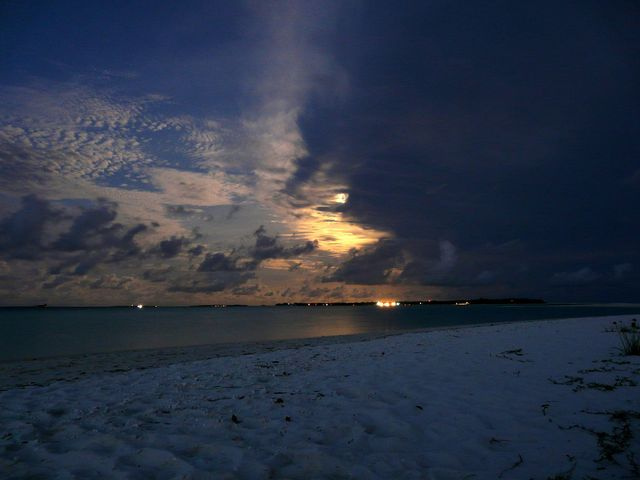
and complete darkness:
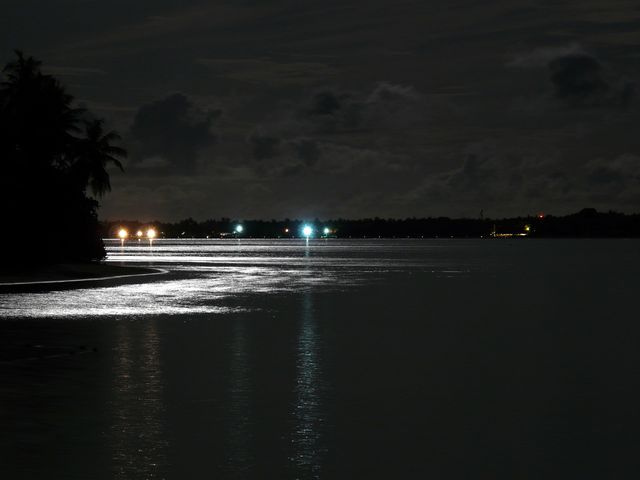
Now that you got acquintated with shutter speed selector of your camera, it’s time to get creative!
First,let’s try to capture something ephemeral like light reflections on water:

Good. Now time to get some fun. Remove your camera from the tripod, get some light source – the moon in the cloudless sky is perfect, – and start shooting on slow shutter speed while moving the camera against the light source. The resulting photo will be a light drawing:
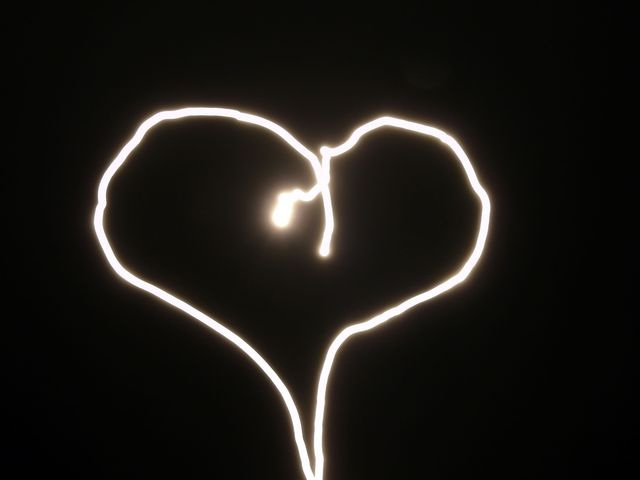
Impress your closest one. Try it with kids. They’ll love it.